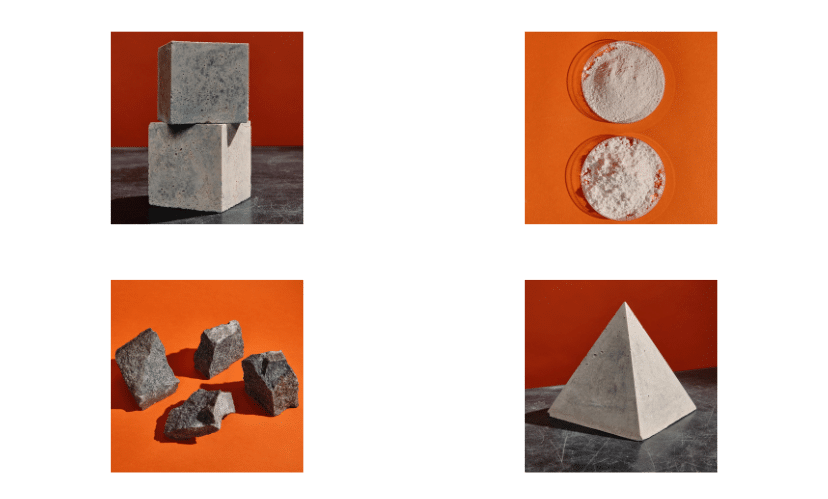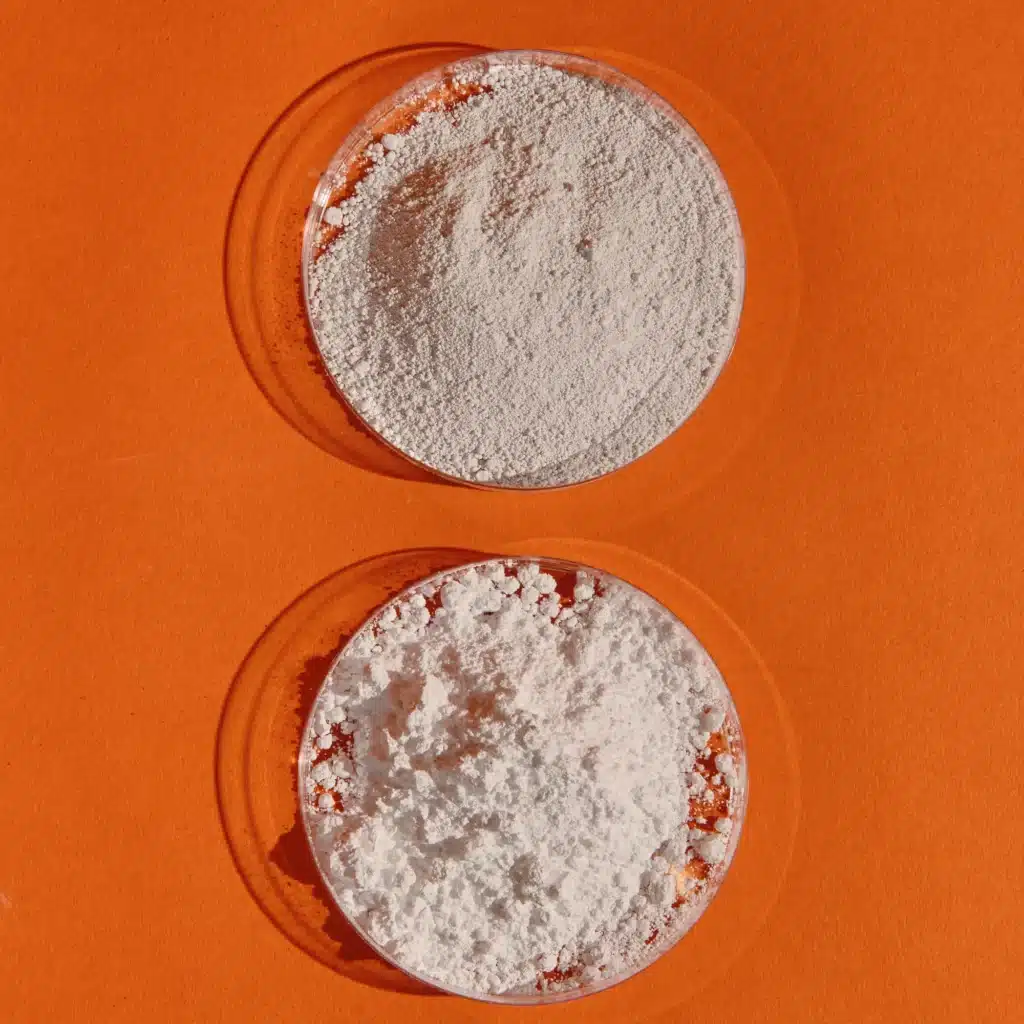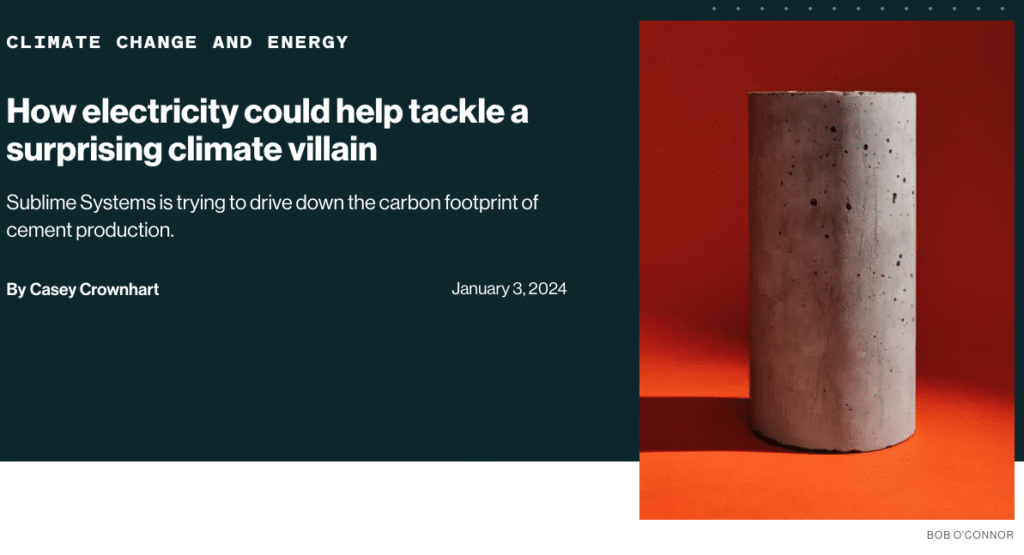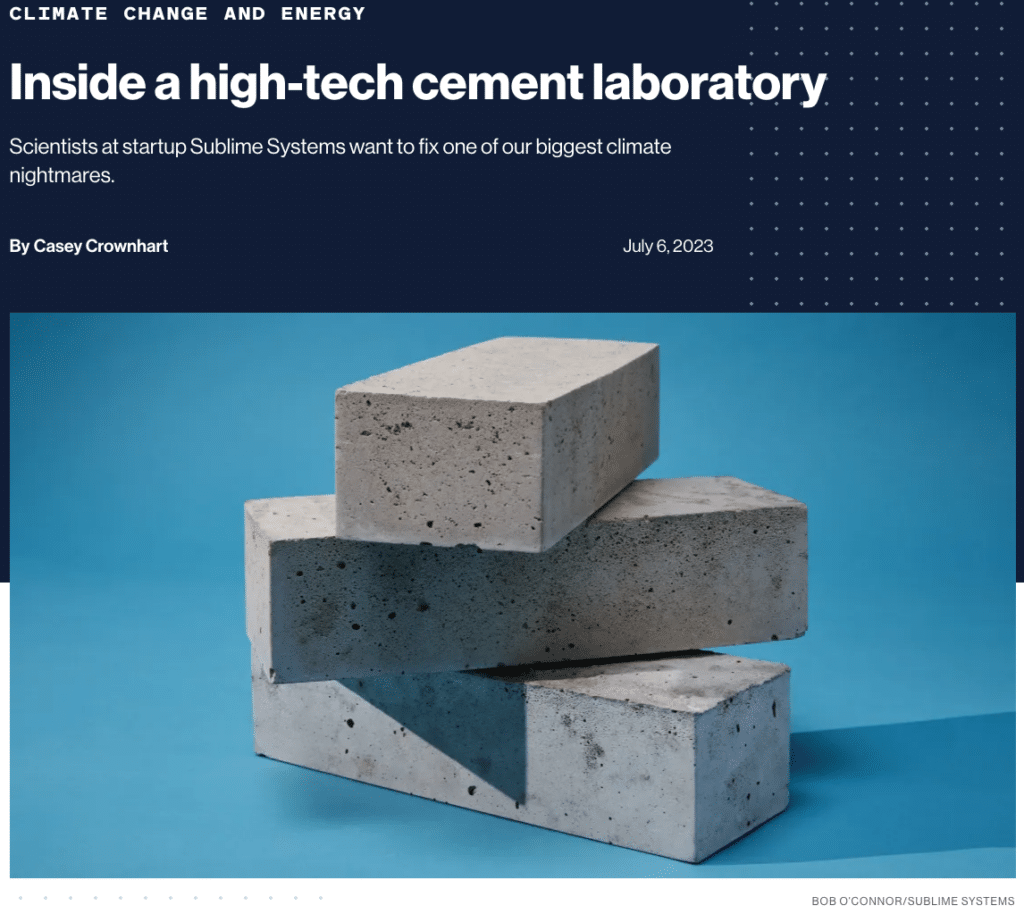Who would have thought I would ever take the effort to write about cement? I am by no means an expert in cement production, nor have I ever worked in an industry leveraging concrete (of which the binding glue is cement). Why look at it now?
Thanks to Vaclav Smil’s fantastic: “How the World Really Works” (part of my reading list article here), I took some extra time to look into the basic production of some of the 4 main materials claiming 17% of the world’s primary energy supply and 25% of all CO2 emissions1: cement, steel, plastics and ammonia.
It is fair to say that the material world does not run on AI (yet), it runs on cement. Cement sticks out with one unbelievable number: China used as much concrete in just 3 years as the US did in 100! It is the second most used material besides water.
I guess after turning into a carbon neutral traveler it is time to find out how fixing cement may help fix our climate.

From Statista: “The total volume of cement production worldwide amounted to an estimated 4.1 billion tons in 2022. Back in 1995, the total global production of cement amounted to just 1.39 billion tons, an indication of the extent to which the construction industry has grown since then.“2
The Basics
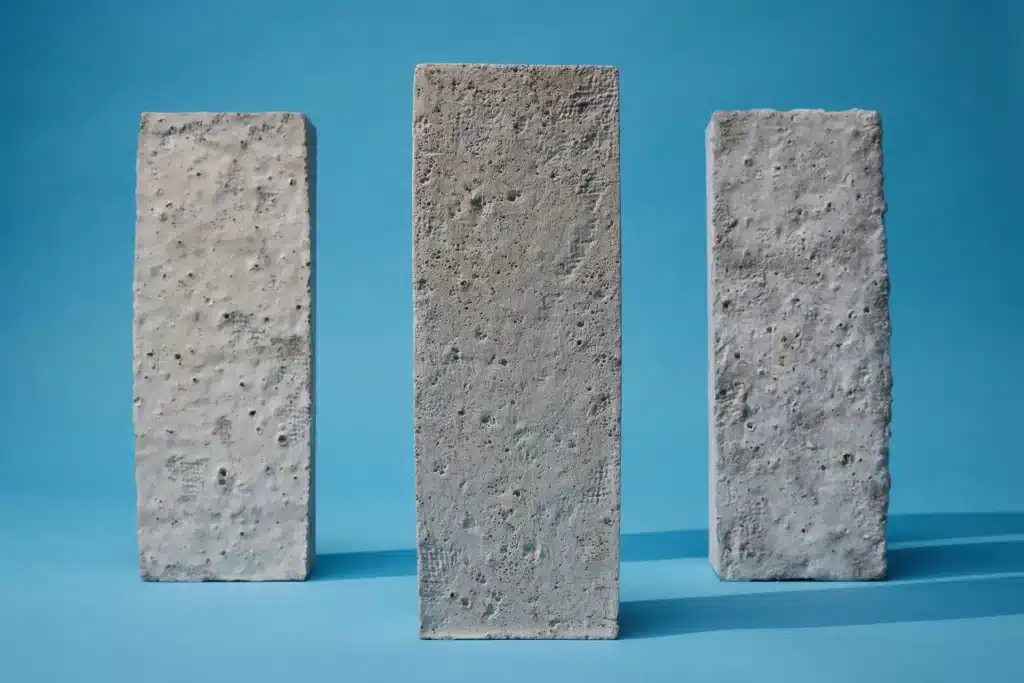
Cement is the glue keeping concrete together. When you walk on concrete, cement basically makes up roughly 10% of the weight of the finished road. Cement dates back all the way to the ancient Romans and their famed Pantheon. While a lot of concrete structures crumbled, the Romans used volcanic ash, crushed lime and seawater – and a little research found out that their use of quicklime seems to be the secret for their building’s longevity (read more here).
“The world’s most used material, by mass, is cement. And it’s sort of a climate nightmare, responsible for about 8% of global greenhouse-gas emissions.“3
So what is making cement impact our climate so much? 2 things: the very high temperature required to make it (1400°C/2700°F) and the chemical reactions required to transforming the minerals in the process – especially lime.
To put it in a chemical formula on how to make lime: CaCO3 (limestone) + heat → CaO (lime) + CO2 (carbon dioxide). Releasing CO2 is basically part of producing cement.
The difference between the Romans and cement today?
We went from mixing lime with water, silicates, volcanic ash and burnt clays: CaO + x SiO₂ + y H₂O → CaO (SiO₂)ₓ (H₂O)ᵧ (C-S-H) to creating Ordinary Portland Cement (OPC), which requires the 1400°C+ to achieve: Ca(OH)₂ + x SiO₂ + y H₂O → CaO (SiO₂)ₓ (H₂O)(y + 1) (C-S-H).4
What is used to get cement kilns to this high heat? Coal.5
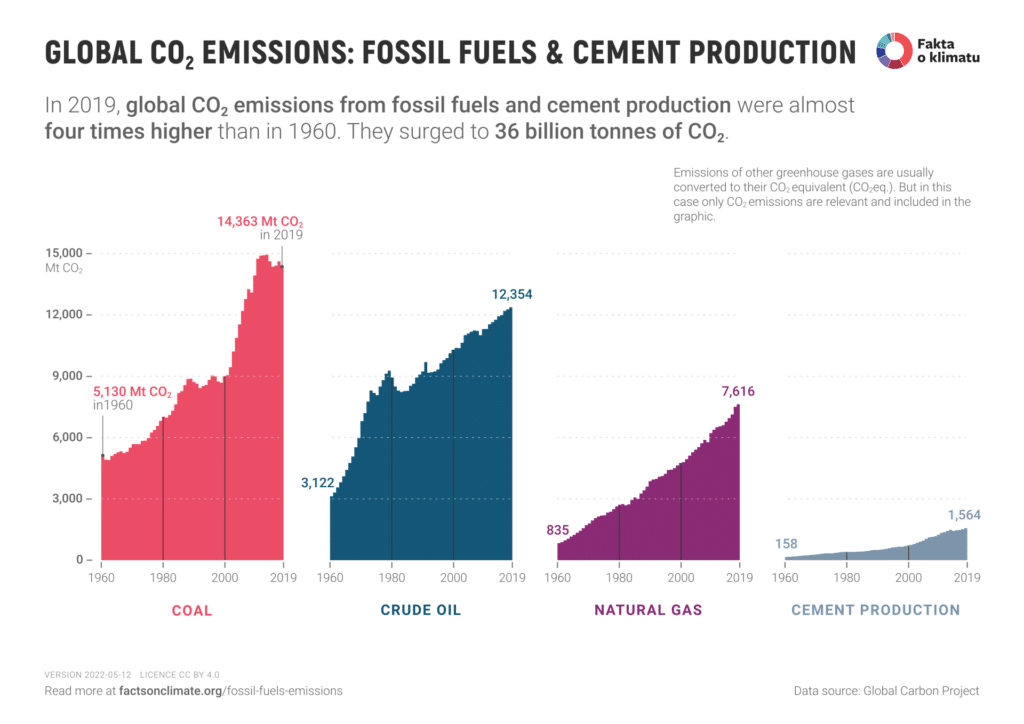
Fun fact: guess what a clean way to burn tires is? A cement kiln at 1400°C… Turns out that cement kilns are used to burn all kinds of trash.
The Startup Solution
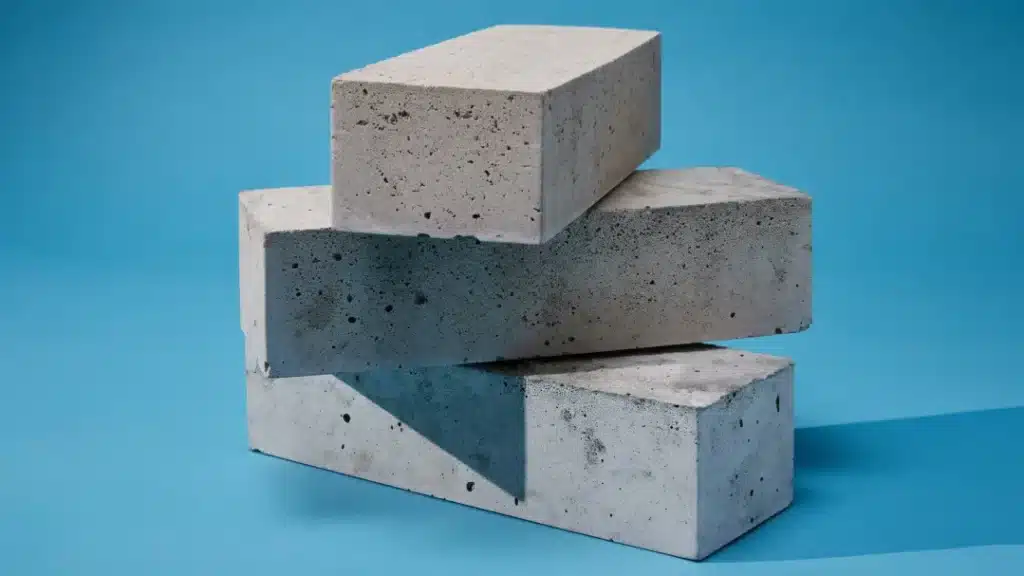
Given the impact of cement production and concrete use globally, it is no wonder that the startup ecosystem took note of an area it could improve. Enter climate-focused startups and investors.
In an article in July 2023, Crunchbase6 reported a total of $436 million in equity funding in this area, the majority within only the last 2 years.
The list of green-cement focused companies is astonishing and I am sure like me, you may have never heard of them.
- CarbonCure Technologies: This Nova Scotia-based company has developed technology for concrete producers to inject captured CO2 into fresh concrete, reducing its carbon footprint. They recently secured $80 million in a growth round.
- Brimstone: Brimstone focuses on processing common rocks to produce cement and Supplementary Cementitious Materials (SCMs). They claim their process is carbon-negative and have recently received certification that their Portland cement is structurally and chemically identical to conventional supplies.
- CarbonBuilt: Based in Los Angeles, CarbonBuilt has eliminated the use of Portland cement in its concrete blocks, drastically reducing the amount of embodied carbon. They create an alternative cement “binder” with calcium-rich waste materials and have begun commercial production of sustainable concrete.
- Nanotek Materials: This Canadian startup develops nanocement by combining Portland cement with a superplasticizer-based nanoshell and nano-additives. They aim to reduce greenhouse emissions by up to 65%.
- FLEXOFibers: A Spanish startup that produces steel fibers from recovered metal. Their product is 100% recycled and offers benefits similar to synthetic fibers.
- AGMA Geopolymers: An Italian startup developing ecologically sustainable construction solutions. They convert industrial waste into a geopolymer, thereby reducing raw material costs and CO2 emissions.
- Hyperion Robotics: A Finnish startup using robotic 3D printing to make construction sustainable. They print reinforced concrete elements, optimizing to minimize material use.
- neustark: A Swiss company that captures carbon dioxide from the atmosphere and stores it in recycled concrete. They focus on optimizing concrete usage to minimize cement usage in manufacturing.
Most of these startups though only focus on reducing the carbon footprint of the cement production. The main issue of CO2 emission remains the production of lime.
And then there is Sublime Systems. Love the name. What rhymes with lime?
Can you make zero-carbon cement?
Sublime Systems: This Boston-based startup is developing an entirely different way of producing cement using an electrochemical process instead of thermal heat. Sublime Systems’ approach replaces limestone inputs with alternative materials and conducts the entire process at ambient temperatures. This innovative method has the potential to significantly reduce the emissions typically associated with cement production.
“Sublime’s technology eliminates both of these emissions sources. Instead, we use an electrochemical process that can turn abundantly available non-carbonate rocks and centuries of industrial waste that don’t release CO2 when they are decomposed into cement at ambient temperature — eliminating the need for fossil fuels entirely.“7
Founded by 2 battery scientists in 2018: Dr. Yet-Ming Chiang and Leah Ellis, the goal of Sublime is to take the CO2 out of making lime (CaO). I recommend listening to Leah Ellis’s TEDx talk here.
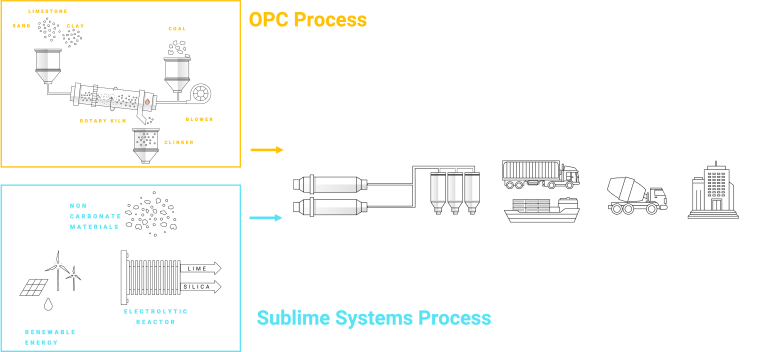
To again put it into a chemical formula: 2H₂O → O₂ + 4H+ + 4e- (part 1) to 2H₂O + 2e- → H₂ + 2OH- (part 2) to achieve Ca2+ + 2OH- → Ca(OH)₂ (s), pH >12.5. Too much for my non chemist brain to explain, so allow me to quote:
“Our approach was based on a water-splitting electrolyzer. We split water at near-neutral pH, producing not only H₂ and O₂ but also in a pH gradient between the two electrodes. Acid is co-evolved with oxygen at the anode (part 1), while base is co-evolved with hydrogen at the cathode (part 2). A calcium-bearing mineral reacts with the acid formed at the first electrode to form dissolved calcium ions. The positively charged calcium ions migrate towards the negative electrode until they reach a pH of at least 12.5, whereupon they react with base and precipitate as solid Ca(OH)2, calcium hydroxide.“8
The result? CO2 free lime…
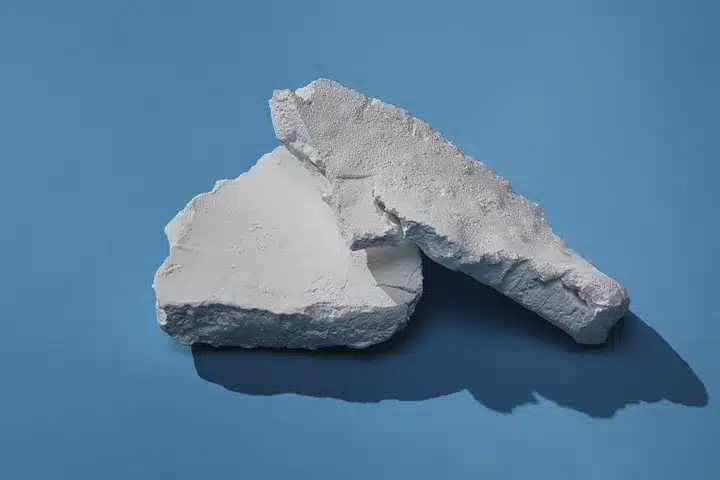
© Sublime Systems
David Roberts has done a fantastic interview with Leah Ellis, the CEO of Sublime Systems entitled “We are closing in on zero-carbon cement” here. Highly recommend listening to it.
In a series of articles on MIT Technology Review, Casey Crownhart has done an amazing effort to provide some insights into cement, how it impacts climate change and what is happening to innovate this core material. I highly recommend her 3 article series:
I hope this little article has given you a little insight into the next frontier of green cement. I have to admit that I was not aware of the impact, but will follow the development of Sublime Systems and other startups more closely going forward.
Steel, Plastics, Ammonia
What about steel, plastics and ammonia you ask? I guess I will take the other 3 main materials referenced and will have a look at them one by one.
$1.8 billion in equity financing for a green steel company? Worth something to look into next. H2 Green Steel was Europe’s largest private placement in 2023. Including some lofty and bold goals, such as:

Greener AI
What about my favourite subject though: Artificial Intelligence? Let’s also have a look at Lightmatter next. A startup trying to reduce the impact of AI on the world’s electricity demand. The projected increase in data center requirements to meet the growth of AI capability and it’s need for data will be a key turning point for climate change efforts in the future.
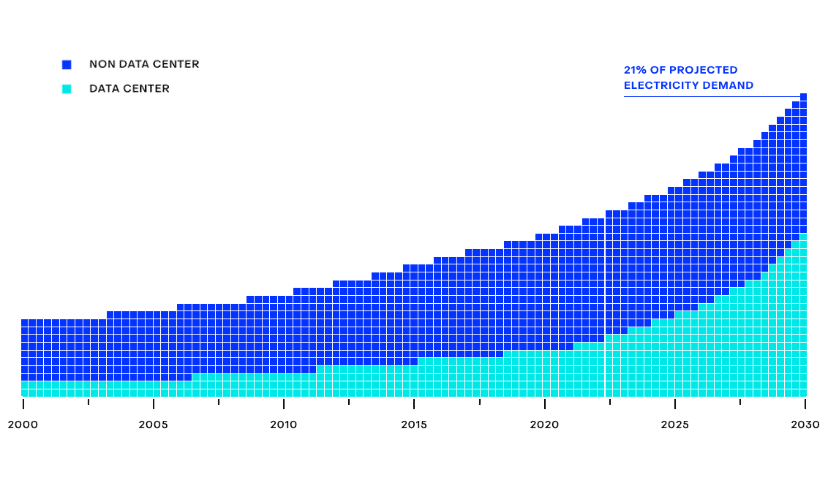
Let me know, if you have found any other areas of startups focused on climate change. Always welcome your input and or feedback.
- Vaclav Smil – How the world really works ↩︎
- Statista Link ↩︎
- MIT Technology Review ↩︎
- Medium article ↩︎
- Image source ↩︎
- Crunchbase article ↩︎
- Sublime Website ↩︎
- Medium article ↩︎

